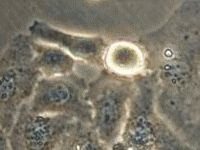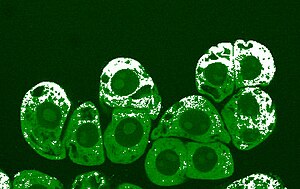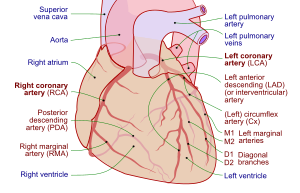
The ability to control the movement of artificial nanomotors inside a human cell has far and wide implications for finding and treating cancers and other conditions. The hope is that the technology could be developed to perform intracellular surgeries and deliver drugs noninvasively.
Researchers tried introducing nanomotors years ago, but they had to use toxic fuels to propel them and even then they wouldn’t move in biological fluids, so the approach wasn’t practical in living tissue. Now they’ve discovered how to use ultrasonic waves to get the nanomotors to move forward or spin. They can also steer them using magnetic forces. And several of the little guys can be directed to move independently within the same cell. This technique has already been shown to be able to do some damage inside a HeLa cancer cell.
Check out the article and the Fantastic-Voyage-like nanomotor video.
Science fiction does indeed come to life every day in this age of biomedical wonders.






















